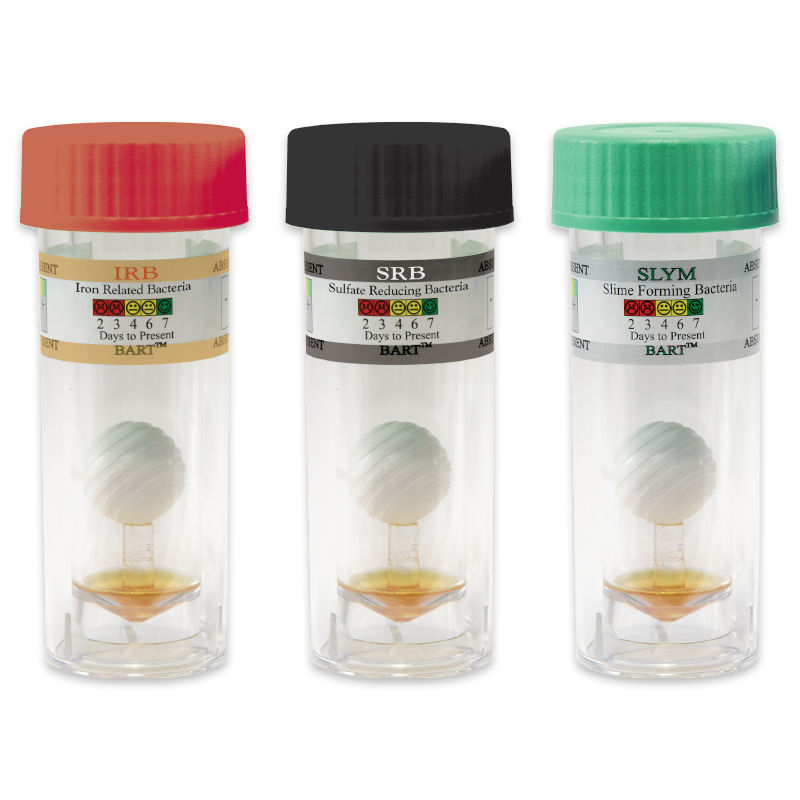Little Known Questions About Bacteria Testing.
Wiki Article
The Greatest Guide To Bacteria Testing
Table of ContentsThe 5-Second Trick For Bacteria TestingThings about Bacteria TestingThe Best Guide To Bacteria TestingBacteria Testing Things To Know Before You Get This
Coliforms are bacteria that are constantly present in the gastrointestinal tracts of pets, consisting of people, and are discovered in their wastes. They are also located in plant and dirt material. Water contamination triggered by fecal contamination is a serious issue as a result of the possibility for contracting illness from virus (diseasecausing organisms).As a result, it is not functional to examine for microorganisms in every water example collected. Coliforms are reasonably easy to recognize, are typically present in larger numbers than even more hazardous virus, and respond to the environment, wastewater treatment, and water therapy likewise to many virus.
Overall coliform counts provide a general sign of the sanitary problem of a supply of water. include bacteria that are discovered in the dirt, in water that has actually been influenced by surface water, and in human or animal waste (Bacteria Testing). are the team of the complete coliforms that are considered to be present especially in the digestive tract and feces of warm-blooded pets
is the major species in the fecal coliform group. Of the five basic groups of bacteria that consist of the total coliforms, just E. coli is generally not discovered expanding and replicating in the environment. E. coli is taken into consideration to be the varieties of coliform germs that is the finest indication of fecal pollution and the feasible visibility of microorganisms.
The Only Guide for Bacteria Testing
Recent break outs of disease created by E. coli 0157: H7 have created much public problem about this microorganism. E. coli 0157: H7 has been located in cattle, chickens, pigs, and sheep.

Late springtime or early summer season are the most effective times to test your well, considering that coliform contamination is most likely to appear during wet weather condition. Whether your examination results are positive or adverse, comprehend that the example you accumulated is simply a "photo" of your well's water high quality. The more samples you have actually tested, the a lot more certain you can be about the high quality of the water you are drinking.
Although total coliforms can originate from resources other than fecal matter, a favorable overall coliform example should be considered a sign of contamination in your well. Positive fecal coliform results, specifically favorable E. Coli results, ought to be considered indicator of fecal pollution in your well. When coliforms have actually been spotted, repairs or modifications of the water system may be needed.
Things about Bacteria Testing
A faulty well is often the cause when coliform bacteria are discovered in well water. - seals around cords, pipelines, and where the cap satisfies the covering may be broken, allowing in impurities - fractures or holes in the well casing allow water that has actually not been filtered via the soil to get in the well.The U. S. Epa (EPA) calls for public water systems to on a regular basis test water for total coliform bacteria and E. coli. Safe drinking water does not have E. coli or various other virus in it. Below are some suggestions on just how to avoid and resolve coliform bacteria contamination: Shield Your Well by constructing it in a secure area.
You are liable for keeping your well water risk-free and testing it as needed. You can likewise contact your region to see if they have any kind of programs to make testing your water less complicated.
Check your well water once again after disinfection to validate there are no coliform germs. You can make use of the water once again, without boiling, once the well has been decontaminated and the water no longer tests positive for coliform microorganisms.
All About Bacteria Testing
Your public water system is consistently examined for coliform germs. The system will certainly provide a public notice within 24 hours if it finds E. coli.You can discover the coliform microorganisms test results for the systems offering locations apart from where you obey contacting the water system.
you could try these out

Extra examinations might be suggested if water shows up gloomy or oily, if bacterial growth is visible on fixtures, or water therapy devices are not working as they should. Get in touch with your water well service provider, state department of natural deposits, or regional health and wellness division for info on local water top quality concernsExamine your water at the find out very least 2 times a year. Call a public health inspector to see what's ideal for your water supply. Coliforms are a group of bacteria that are practically everywhere. They are in soil, plants, sewage, and manure. E. coli are germs that individuals and some pets have in their intestines.
Report this wiki page